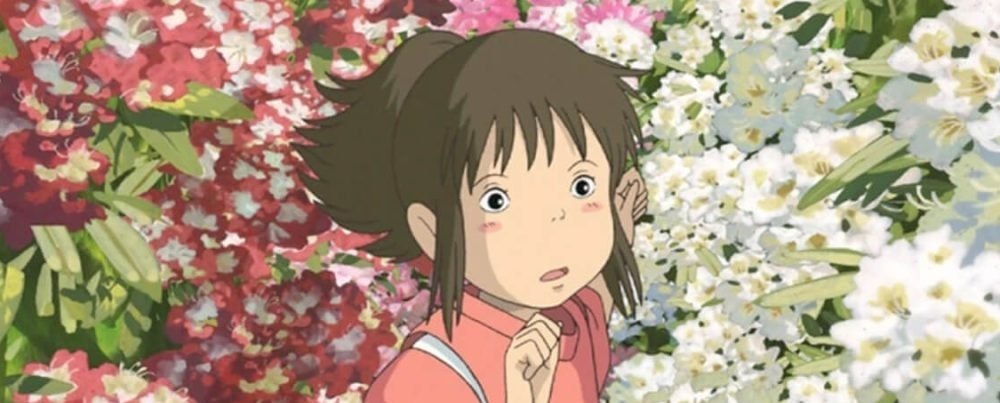
Top 10
These are, in my opinion, some of the most influential animated movies–or at least my personal favorites of the last 20 years (or so). That being said, it was extremely hard to even make a top 10 list as there are so many worthy animated features that have emerged in the last two decades– many of which can be found on this wiki! Without further ado, in no particular order:
Kubo and the Two Strings (2016)
Kubo and the Two Strings is in my opinion a masterpiece of stop-motion animation coming from Laika Studios. Kubo melds more traditional techniques in stop-motion with 3D computer-generated visuals to create a film that somehow feels both meticulously handcrafted and epic. Laika always stands out for their stunning craftsmanship, and this film was no exception- the studio created the largest puppet ever made for a stop-motion feature in the form of a giant skeleton. Laika is constantly pushing the boundaries of the stop-motion industry.
Spider-Man: Into the Spider-Verse (2018)
This film revolutionized the entire genre of superhero movies by creating a groundbreaking visual style that pays homage to comic book aesthetics. The innovative use of a blend of 3D and 2D animation as well as the use of slower frame rates, color palettes, and rich texture is so visually distinct to this film and redefined 3D animation, guiding it in an entirely new direction. It’s also great to see such diverse representation in a superhero film!
My Life as a Courgette (2016)
My Life as a Courgette uses simple character design to convey the deep and often overlooked emotional complexity a child can experience. Additionally, the simple style of the designs draws even more focus to the beautifully told story. This film also revolutionized stop-motion as it was one of the first films to 3D print the heads of its puppets, using replaceable features to streamline the animation process.
Fantastic Mr. Fox (2009)
Wes Anderson’s foray into stop-motion animation brought his signature symmetrical framing, dry humor, and meticulous attention to detail to a new medium. True to Wes Anderson’s usual work, Fantastic Mr. Fox demonstrates how a film (and in this case, an animated film) can appeal to viewers of all ages. The color palette work is exquisite as always and the story is so well written.
Ernest and Celestine (2012)
Ernest and Celestine is a French-Belgian film that uses a watercolor-esque style of animation to invoke a sort of cozy, children’s storybook-vibe. It is super sweet, warm, hopeful, and resonant, commenting on timeless themes of exclusion and discrimination.
Mary and Max (2009)
Adam Elliot’s Mary and Max is deeply moving and an exploration of finding friendship in unlikely places. It is visually distinct as all of Elliot’s stories are and delves into topics like mental health and loneliness with great care and charitability.
Tokyo Godfathers (2003)
Satoshi Kon is a master of blending heartwarming drama and gritty realism in an animated setting. The landscape design of Tokyo is a particular highlight, while also focusing on a brilliantly heartwarming narrative that challenges widely held societal norms.
Persepolis (2007)
Adapted by Marjane Satrapi from her book of the same name, Persepolis recounts Satrapi’s experiences growing up during the Iranian Revolution. The minimalist black-and-white animation supports the political gravity of the story and breaks barriers in the world of adult animation.
The Breadwinner (2017)
From (my favorite) Cartoon Saloon, The Breadwinner is the studio’s first departure from traditional Irish themes for Cartoon Saloon but is so culturally respectful and wonderfully written. Moreover, it still showcases the studio’s trademark stunning, hand-drawn visuals and whimsical story.
Spirited Away (2001)
Spirited Away is widely regarded as one of the greatest animated films ever created- not only does it showcase Miyazaki’s incredible world-building, but pairs it with a beautiful story about courage and transformation. Studio Ghibli’s craftsmanship is unparalleled and the studio’s success helped shoot animation into the mainstream, breaking cultural barriers.